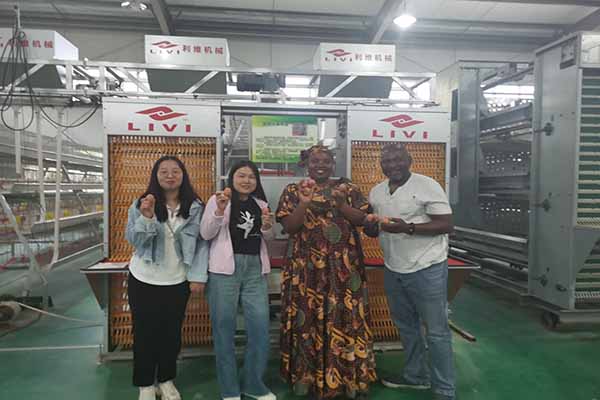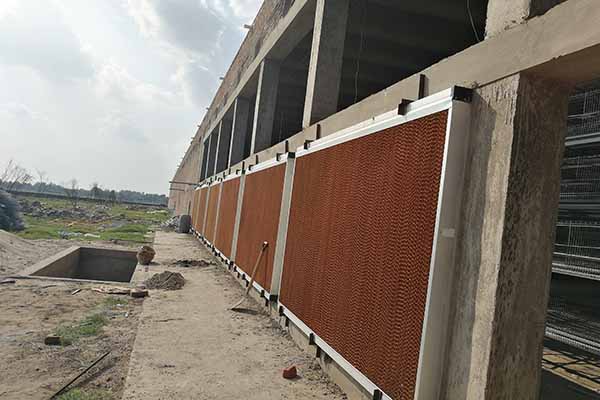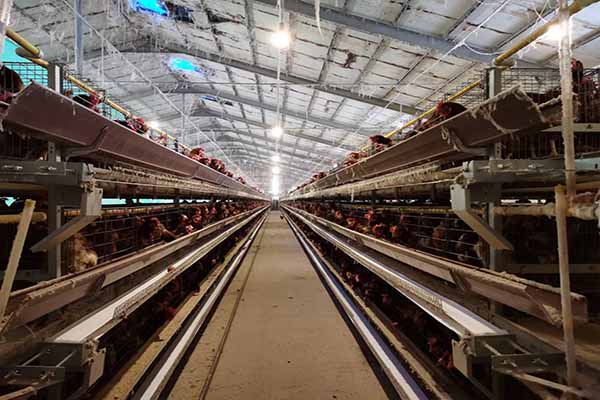Poultry Automation: A Game-Changer for Developing Countries
With the growing demand for poultry products worldwide, automation has become a crucial factor in the success of poultry farming. In developing countries, where manual labor is abundant but resources are limited, implementing poultry automation systems can significantly enhance efficiency and profitability. In this article, we will explore the benefits of poultry automation for developing countries and provide insights into the key technologies available.

Key Benefits of Poultry Automation in Developing Countries
- Increased Productivity: Automation reduces the need for manual labor, enabling farmers to produce more poultry in less time.
- Improved Animal Health: Automation systems can monitor the health of birds, ensuring they receive optimal care.
- Cost-Effectiveness: While the initial investment may be high, automation can result in long-term savings due to reduced labor costs and improved efficiency.
- Enhanced Traceability: Automated systems can track the movement and health of birds, making it easier to trace outbreaks and prevent disease spread.
Key Technologies for Poultry Automation in Developing Countries
Several technologies can be integrated into poultry autom ation systems to improve the efficiency and profitability of poultry farming in developing countries:
ation systems to improve the efficiency and profitability of poultry farming in developing countries:
- Feeding Systems: Automated feeding systems can provide precise and consistent feed rations, optimizing growth rates and reducing waste.
- Climate Control: Automated climate control systems can maintain optimal temperatures and humidity levels, improving bird welfare and productivity.
- Water Systems: Automated water systems ensure constant access to clean, fresh water, which is essential for healthy birds.
- Monitoring Systems: Advanced monitoring systems can track bird health, growth, and behavior, providing valuable data for farmers.
- Manure Management: Automated manure management systems can help reduce waste and improve biosecurity.
Case Study: Improving Poultry Farming in Nigeria
In Nigeria, the poultry industry has been growing rapidly, and implementing automation has proven to be a significant advantage. One local poultry farm, Nigeria Poultry Limited (NPL), adopted an automated sy stem to increase productivity and improve bird welfare. By integrating automated feeding, climate control, and monitoring systems, NPL was able to achieve a 25% increase in production and a 30% reduction in disease-related losses.
stem to increase productivity and improve bird welfare. By integrating automated feeding, climate control, and monitoring systems, NPL was able to achieve a 25% increase in production and a 30% reduction in disease-related losses.
Conclusion
Poultry automation can be a game-changer for developing countries, helping farmers to increase productivity, improve animal welfare, and reduce costs. By integrating the right technologies, poultry farming can become more sustainable and profitable, contributing to the growth of the industry and the overall economy. For more information and a free poultry design and equipment quote, please leave a comment below. We are here to help you transform your poultry farm with our innovative solutions.




